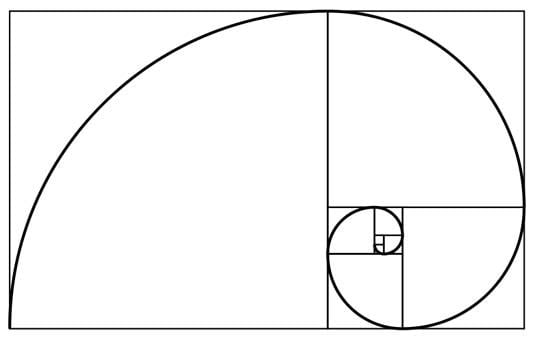The Golden Ratio:
As first determined by the ancient Greeks, the Golden Ratio is a theoretical ratio for room dimensions that results in “”perfect”” room acoustics. This means that no matter where you are in a room, the sound will be balanced and natural, with little interference from standing waves or ringing that may occur in less-than-ideal rooms. The ratio, named phi, of height to width to length of a room to achieve optimal sound in a room is approximately the width 1.6 times the height and the length 2.6 times the height, and was named for the Greek sculptor Phidias. In theory, minimal acoustic treatment should be needed in a room with dimension ratios that matched the formula. However, it may be desirable to acoustically treat one end of the “Golden” room, to be able to have a place in the room where there are fewer reflections, resulting in a less “”live” sound. If it’s not possible to have a room that fits the ratio perfectly, there are ways to achieve similar results. For example, if a room should have a 5-foot ceiling to match the ratio of the wall length and width, apply acoustic treatment to the walls above five feet.
“The result of using the Golden Section in studio construction is a remarkable “even” quality with regard to frequencies. Your voice sounds natural and has pretty much the same frequencies present when you talk in any part of the room, the reverb has the same frequency spectrum as the direct sound. Drummers love the way their drums sound and record in this room. You can use broadband absorption on a smaller surface area making this room quite live without experiencing tinnitus or unnatural silence.”
Having built several serious sound studios, I strongly recommend building using Golden Mean Theory. The Greeks knew more about the natural world than most of modern humanity and they got this one perfect. We’ll share links elsewhere, but the Golden Ratio is 1.618:1. Below is the Golden Ratio used to create a perfect spiral out of Golden Mean rectangles.

How this is used to design great sound rooms has been made simple with basic room calculators that figure out for you the optimal room dimensions. Simply plug in the height of your room and the calculator will quickly build you a three dimensional space and define the length and width. A 10’ tall room yields a width of 16’ and a length of 23’3”.
We suggest using this golden ratio room calculator
The top 3 room ratios for critical listening spaces are:
- 1.2 : 1.45 : 1.33
- 1.4 : 1.89 : 1.35
- 1.48 : 2.12 : 1.54
